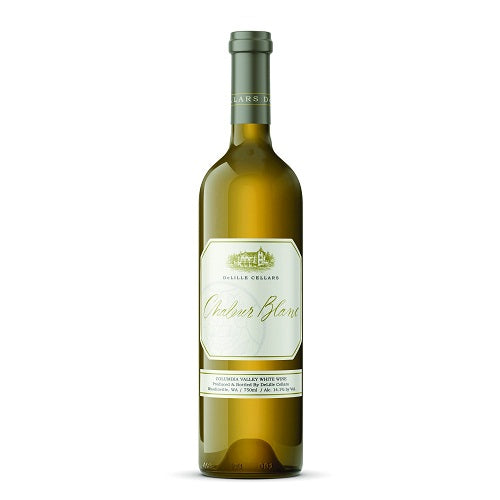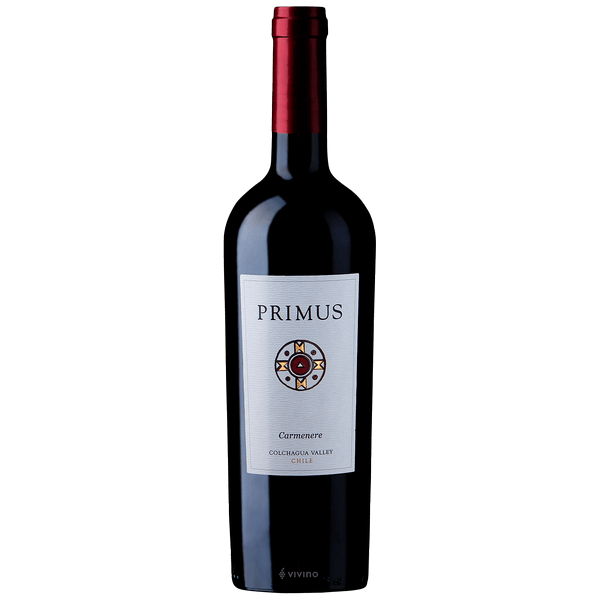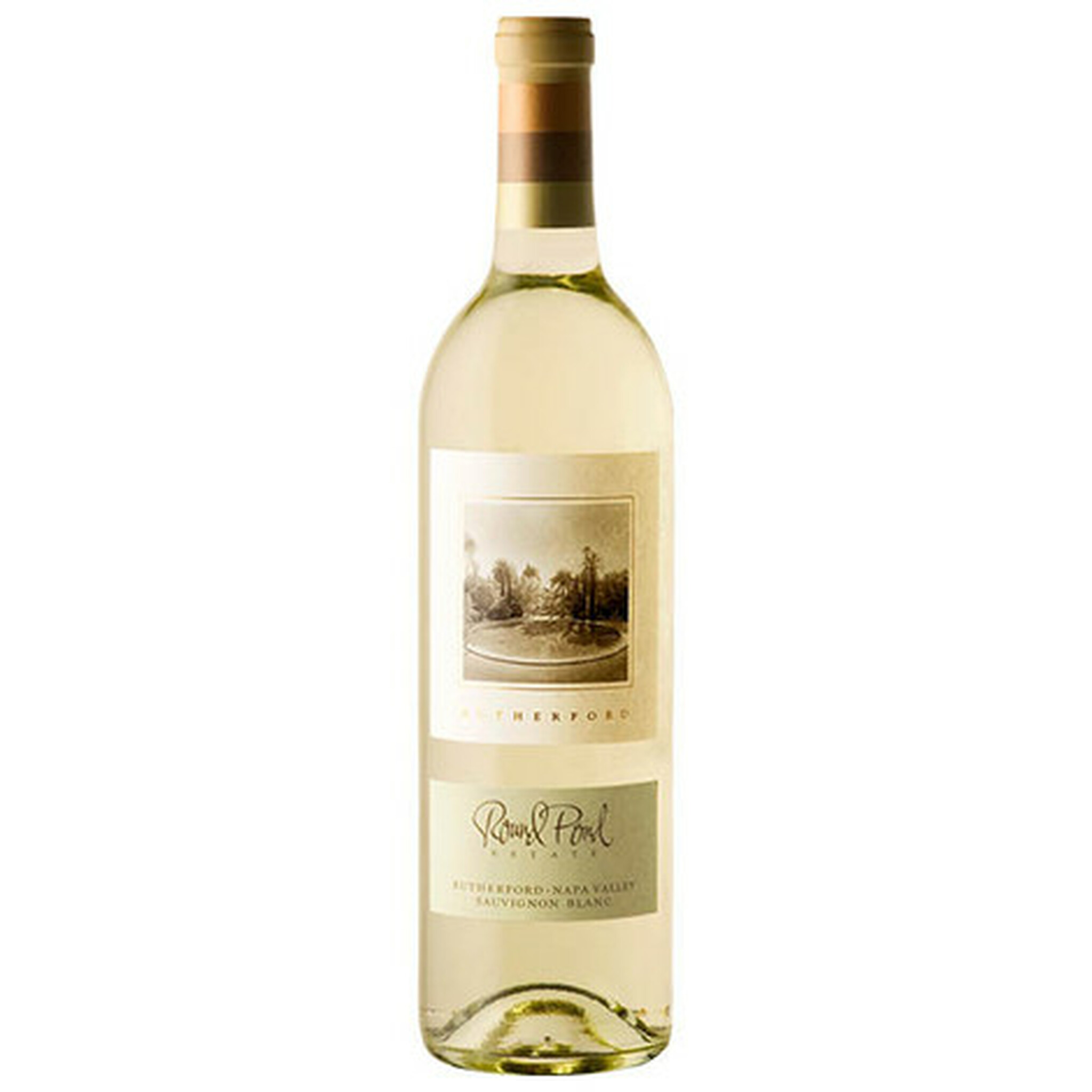2018 Delille Cellars Chaleur Estate Blanc
$39.99
Out of stock
2018 Delille Cellars Chaleur Estate Blanc
2018 Delille Cellars Chaleur Estate Blanc A white Bordeaux-style blend that marries the power and richness of Sauvignon Blanc, the honeysuckle ripeness of Semillon, and a creamy texture in its winemaking style.
Delille
At DeLille, we believe that Washington State is a Grand Cru wine growing region, created 10,000 years ago. The challenge for us has always been and remains: to create special wines from the uniquely expressive terroir that Mother Nature gave us a long time ago,” states DeLille Cellars’ acclaimed winemaker Chris Upchurch. “We know that this challenge of discovery is never ending, and is becoming tradition here at DeLille Cellars.
White Wines
The white wines that are made in Central Italy are not flashy or famous, but they can certainly be delicious. This area is known for making clean, light, white wines that are refreshing. You will not find many famous grapes grown in this region, but you will find some great values. Italian white wines can be very frustrating and confusing. They do not make many wines from grapes that most people are familiar with. However, some of the local grapes that are used can make wines that are elegant, refreshing, and fun.
A lot of the really great white wines from Central Italy are going to be simple and light. They do not have a ton of strong fruit flavors, but can often produce subtly beautiful flavors of tart stone fruits, white flowers, and often almonds. Keep your eyes open for the underrated wines of Verdicchio di Matelica or Verdicchio dei Castelli di Jesi.
The production methods used to make white wine feature a number of key differences from those used to produce red wine.
By far the biggest difference between the two production methods has to do with the type of taste winemakers are trying to achieve. As noted above, red wines typically follow a different set of taste guidelines than that of white wine. The rich, bold, and strong flavors of red wine are achieved by increasing oxygen exposure, which rids the wine of the fruity, florally overtones that are intrinsic to the grapes. In order to attain this increased oxygen exposure, red wine is typically aged in oak barrels, since the pores of the wood allow oxygen to circulate through the wine.
Related products
Wines!
SAVE 36% 98pts Andrew Jeffords Decanter
95 Jeb Dunnuck | 93 James Suckling | 95 Robert Parker's
Wines!
Save 46% 95pts Decanter 94pts Suckling 93pts Parker’s WA Drinks Like Silver Oak






